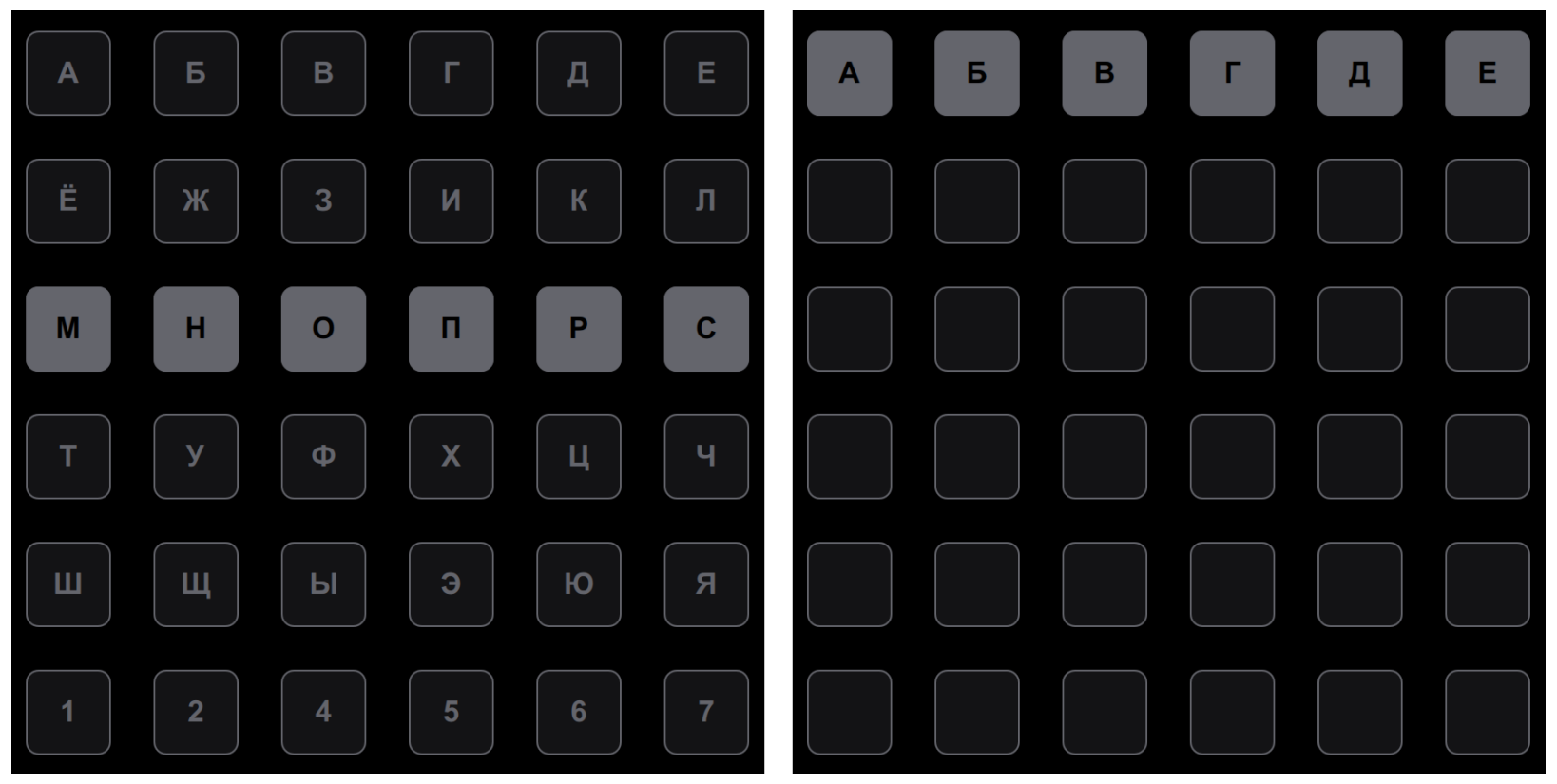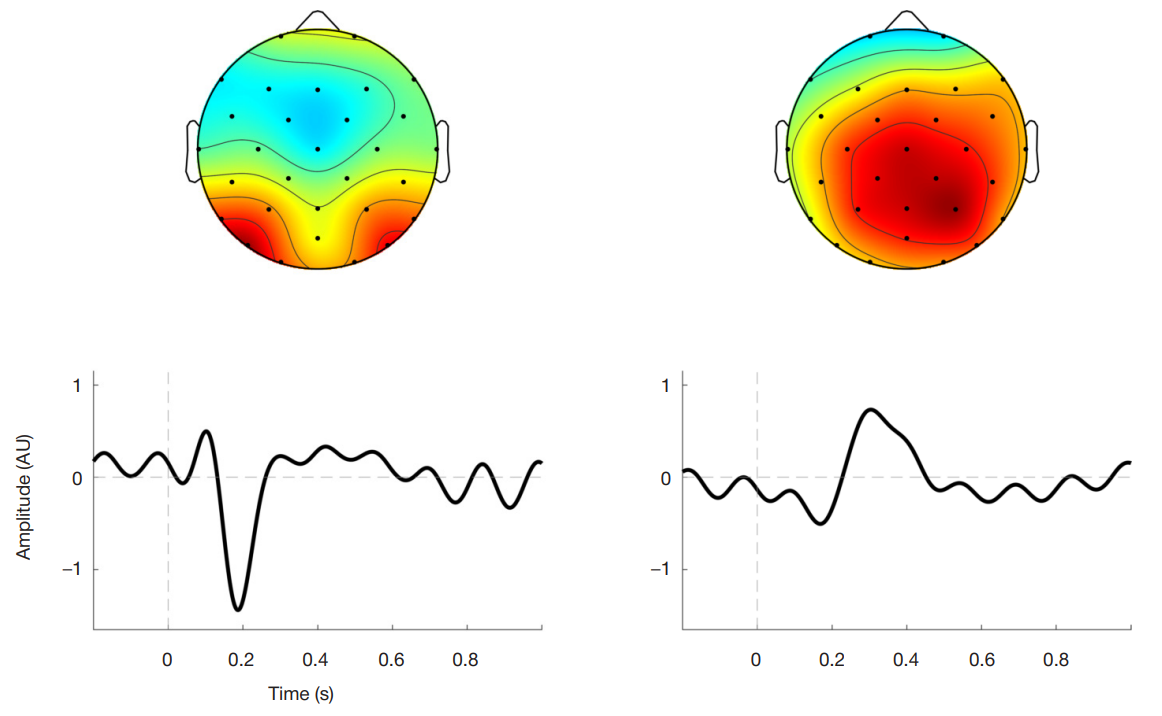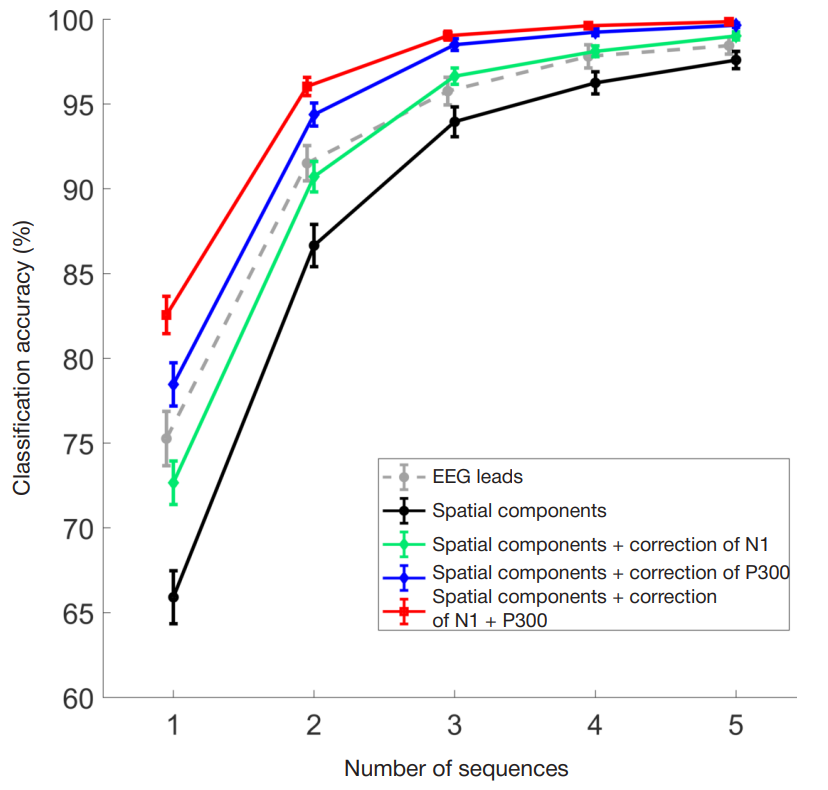
This article is an open access article distributed under the terms and conditions of the Creative Commons Attribution license (CC BY).
ORIGINAL RESEARCH
Sources and impact of human brain potential variability in the brain-computer interface
1 Lomonosov Moscow State University, Moscow, Russia
2 Neurocognitive Research Center (MEG Center), Moscow State University of Psychology and Education, Moscow, Russia
Correspondence should be addressed: Ilya P. Ganin
Leninskiye Gory, 1, str. 12, k. 246, Moscow, 119234, Russia; ur.liam@ninagpi
Funding: the study was supported by the Russian Science Foundation Grant № 21-75-00021, https://rscf.ru/project/21-75-00021/
Acknowledgements: the authors would like to thank Yu. Nuzhdin (Kurchatov Institute) for for developing and supporting software for EEG recording used to perform the study
Author contribution: Ganin IP — conducting research, data analysis and interpretation, literature review, manuscript writing; Vasilyev AN — data analysis and interpretation, literature review, manuscript writing; Glazova TD — conducting research, literature review; Kaplan AYa — data interpretation.
Compliance with ethical standards: the study was approved by the Ethics Committee of the Lomonosov Moscow State University (protocol № 113-d of 19 June 2020); the informed consent was submitted by all study participants.






